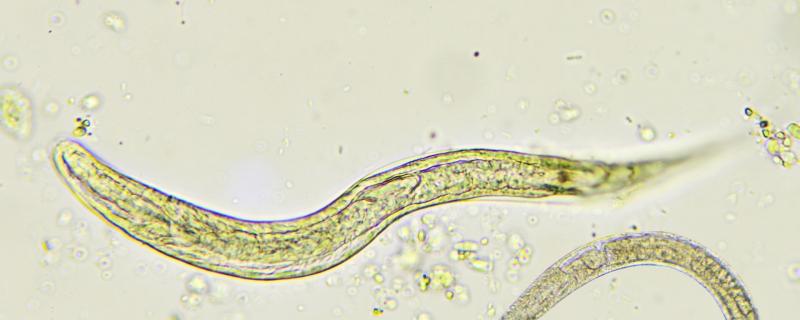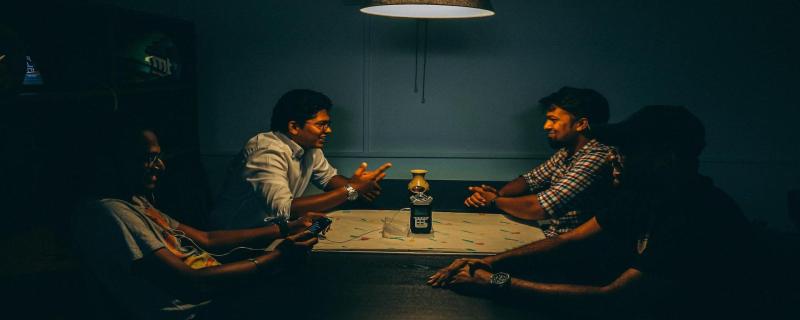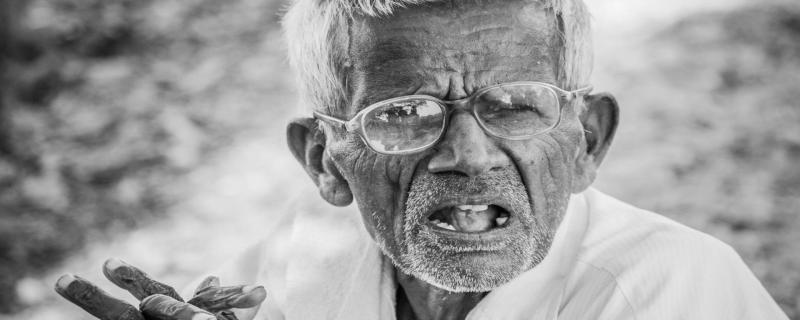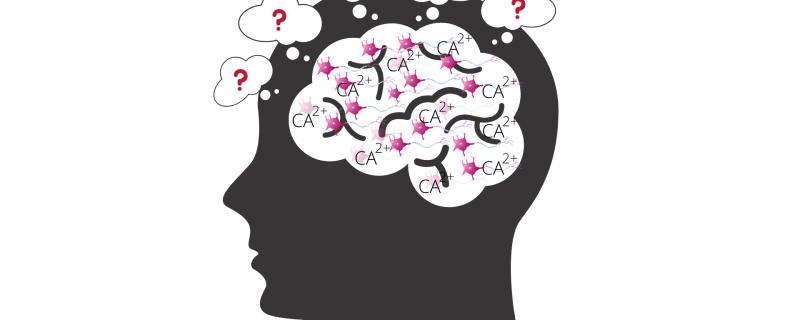A new study offers fascinating insights into the decision-making process of the brain by comparing how both humans and rodents make decisions, especially when stressed or affected by a neurological disorder.
New research from India reveals that, contrary to long-held scientific beliefs, feeding on trees and shrubs does not provide Asian elephants with more protein than grazing on grass.
Bengaluru/










